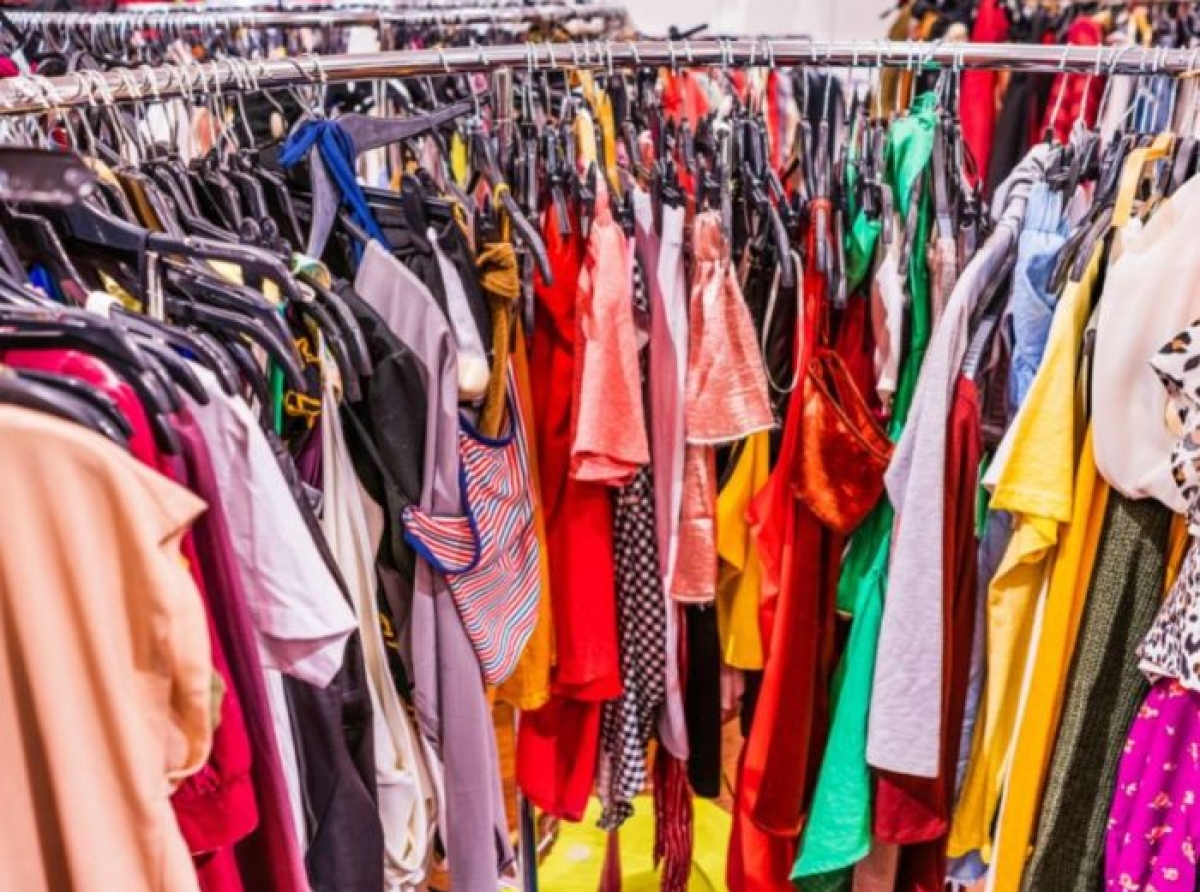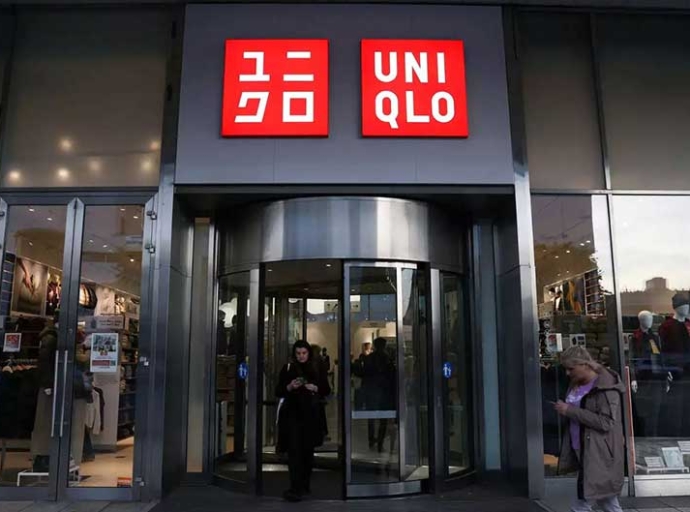28 March 2023, Mumbai
In a 2020 poll conducted in the U.K., over half of Gen Zers, the generation most concerned with the environment, said they purchased "most of their garments" from fast fashion companies. Price and convenience are crucial in their purchasing decisions, given their attention to Instagram and TikTok.
Fast fashion brands follow them, scouring the internet with "search engine optimization" for signs of current trends/underlying trends, and then quickly produce new styles—in the case of fast fashion brand Shein, thousands every day and deliver them to the doorsteps of their "zoomer" customers. Humans relate beauty, creativity, self-expression, and social desirability to fashion.
Fast fashion is a business approach
The Fast Fashion Business Model and its Challenges; Ubiquitous and very common observation is that fast-fashion trendy apparel/clothing is available at reasonable prices and this affordability is driving its global growth. Taking a very considered view/zooming in makes it abundantly clear that, fast fashion business operation warrants a supply chain necessitated to calibrate/align a constantly evolving product range/product line accomplished on the back of precise & efficient execution heft to overcome all challenges/obstacles the fast fashion model presents.
Quick background
With the growth in the income of middle-class consumers, India’s per capita expenditure on clothes will rise to Rs 6,400 by 2023 from Rs 3,900 in 2018, as per the Indian Chamber of Commerce's (ICC) earlier report alongside A 2019 Mckinsey report mentioning that India would become the most attractive consumer market for apparel outside the Western world and will be worth $59.3 billion in 2022 is a fundamental tailwind to the buying of fast-fashion as the consumerism grows.
Spotlight on fast-fashion; The term entered India along with the two brands six to seven years back, Rekha Rawat, Associate Director of Sustainable Industries Practice at cKinetics, told IndiaSpend. As a result of fast fashion, a massive amount of unsold clothes end up in garbage dumps, creating a cycle of contamination, she said. Ignorance is bliss
The typical consumer is unaware that their purchases account for 4% of all greenhouse gas (GHGs) emissions or that virtually all of their purchases will ultimately wind up in a landfill or an incinerator, where they will smolder and foul the air. Or that just 1% of the 100 billion articles of apparel/clothing made each year will be recycled.
The typical individual is unaware that the industry destroys 150 million trees annually to make cellulosic textiles or that cattle grazing contributes to deforestation in the Amazon. That leather from that region may be found in the shoes and handbags of major international fashion companies. They are ignorant of the fact that their synthetic fabrics are made of oil, that washing them will contribute to over a third of all ocean microplastics, or that these microplastics will end up in their bloodstreams, as was reported in a study conducted in March 2022 at Vrije University in the Netherlands.
Fashion with a conscience
More than half of the 105 members of Generation Z surveyed by 2020 Vogue Business said they purchased most of their clothing from fast-fashion retailers. When asked whether they would still shop at Boohoo after finding that employees in the Leicester factories that supplied the fast-fashion behemoth were paid less than £4 an hour, around half of the young people they polled indicated they would.
The market research company Mintel found that 64% of British 16 to 19-year-olds admitted buying items they had never worn, compared to 44% of all adults polled. This shows that Gen Z out-consumes previous generations regarding fashion purchases. And yet, according to Mintel research, Gen Z professes to be more concerned with the environmental effect of their purchases: 70% of 16 to 19-year-olds say that sustainability is a crucial consideration when buying clothing, compared to just 20% of 65 to 74-year-olds.
Less than 1 percent of fibre is reused by the fashion industry to make new clothes, adversely affecting the environment, the foundation said.
Inside out story
Researchers discovered plastic polymers in the bloodstreams of most of those tested, with half of those polymers being PET, the material used in clothing. Consumers may be entirely ignorant of the reason why their garments are so unbelievably cheap — notably, that the cost is being stolen from the industry's factory garment workers who are paid less than the minimum wage in the global south, which comes nowhere near to being a "living" wage.
Unaware consumers fund a sector that ranks as the second-largest enabler of contemporary slavery, including child labor. Fast Fashion vs Slow Fashion - Which is the Better Approach to the Fashion Industry? Make no mistake Fast fashion and slow fashion are two different mindsets, each coming up with its own set of gains and downsides.
No, getting away from the fact that, Fast fashion as a business model is all about speed, faster turnaround, frequent turnover of their product lines, and scale resulting in greater affordability nudging customers to make more frequent buying but all this comes at a cost to the environment and ethical labor practices. ALBEITl all this comes at a cost leaving a greater negative environmental impact, questionable ethical labor practices, and normally subpar-quality products prompting a heightened post-consumer waste.
Contrary to the above slow fashion is a business approach with underlying recognition of practicing the sustainable and ethical style of manufacturing. The primary focus here is on quality over quantity, with an underpinning of manufacturing high-quality garments with enduring value. Again there is a conscious effort & commitment to using more eco-friendly materials and ethical & responsible production, promoting sustainability deploying fair labor practices which are likely to be a load factor for products but result in decisively lower environmental impact and support the cause of justifying to all the stakeholders involved in the value chain.
All of the elements of fast fashion; overproduction, low quality, and competitive pricing have a detrimental impact on the environment and the people involved in the production.
About 53 million tonnes of fibre is produced by the fashion industry every year, of which 70 percent is wasted, IndiaSpend said in a report. According to the UK-based charitable organisation Ellen MacArthur Foundation, fibre production will reach 160 million tonnes by 2050.
Regulatory side of the business
Europe is to crack down on fast fashion through proposals to make the clothing made and worn there more durable, reusable, repairable, and recyclable designed to bring in longer-lasting products that can be used multiple times rather than worn a few times and then thrown away.
The deception of green-washing in fast fashion; Irony of the day is that rather than truly going green, certain brands are taking the green-washing route instead & get into unethical practices to be successful in a hurry. The fast fashion industry has been a major culprit of this malpractice; getting into the required processes & practices such as Certifications can be quite expensive to get, so smaller brands are not always able to get into all that and prefer to bypass all this and indulge in malpractices.
In the end, consumers have complete discretion in which path to get down making informed buying decisions that administrate sustainability and ethical production practices.
Latest Publications


































